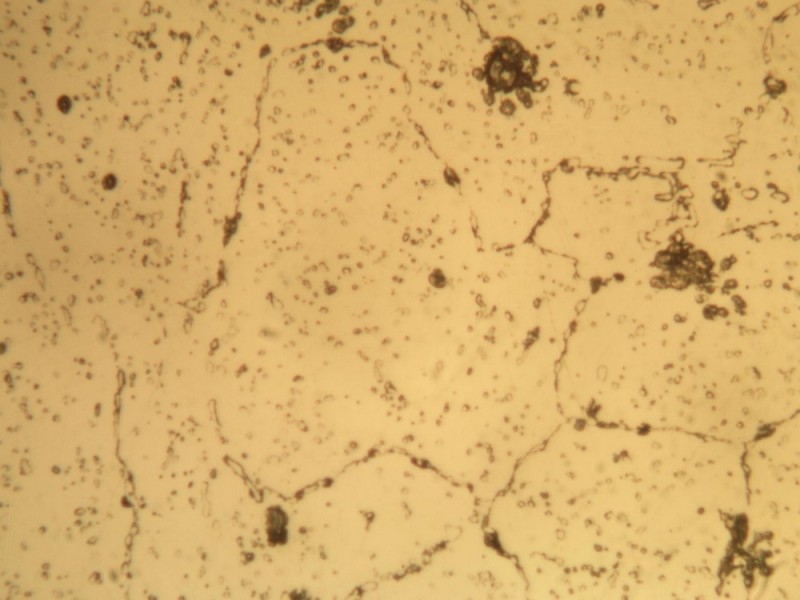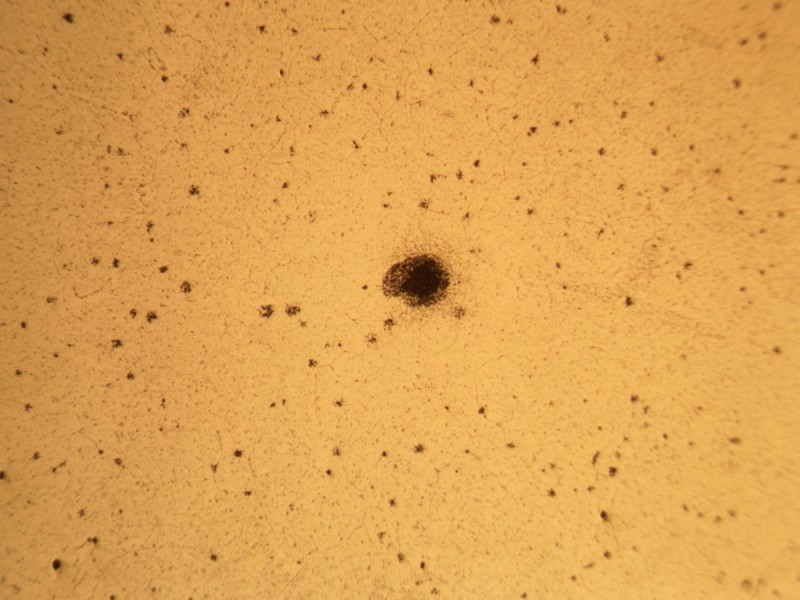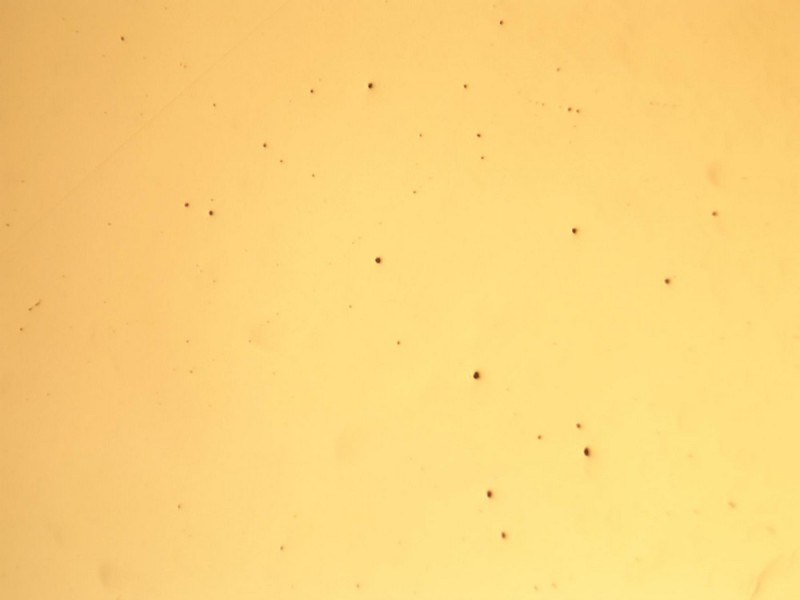Metallic007
Materials
Hi all,
I have prepared an etched martensitic stainless steel and it appears differently from what is expected. This stainless steel was not used in high temperature application.
I have done some research and the microstructure observed could be a highly tempered martensite or annealed spheroid (see Photograph no.1 at 1000X).

Could anyone advise whether it is a highly tempered martensite or annealed spheroid?
Apart from this, there are clumps of particles throughout the microstructure which I have never seen before (see Photographs below, 100X and 400X).


Could anyone advise on this? Is this aggregation of spheroids?
Many thanks.
I have prepared an etched martensitic stainless steel and it appears differently from what is expected. This stainless steel was not used in high temperature application.
I have done some research and the microstructure observed could be a highly tempered martensite or annealed spheroid (see Photograph no.1 at 1000X).

Could anyone advise whether it is a highly tempered martensite or annealed spheroid?
Apart from this, there are clumps of particles throughout the microstructure which I have never seen before (see Photographs below, 100X and 400X).


Could anyone advise on this? Is this aggregation of spheroids?
Many thanks.

